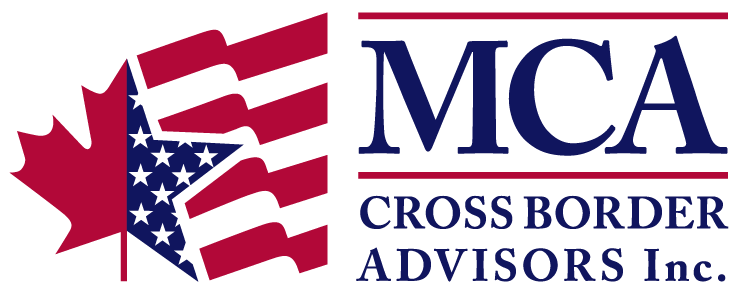The Bank of Canada Has Increased Its Interest Rate
As expected, The Bank of Canada has raised its key interest rate to 0.75 per cent — the central bank’s first move upward in the cost of borrowing in seven years. The bank’s target for the overnight rate — at which major financial institutions make one-day loans to each other — moved up by one-quarter of a percentage point from 0.50 per cent.
Canada’s recent interest rate history
Interest rates change over time, reflecting both the demand from borrowers and the supply of funds available to be loaned by providers of capital.
In 2015, the Bank of Canada decreased the key interest rate from 1 per cent to 0.50 per cent. Decreasing the key interest rate is seen as an expansionary policy in order to stimulate the overall economy. As the cost of borrowing decreases, money supply increases. That being said, a rate decrease is meant to stimulate inflation as well as the commercial balance since the price of all the goods sold in the Canadian dollar becomes lower due to the depreciation of the Loonie against the majority of foreign currencies.
The two rate cuts in 2015 have served their purpose of shielding the economy from falling oil prices. Canada enjoyed annualized growth of 3.5% in the first quarter of 2017. Although the Bank expects this strong growth to fade, the outlook for the year still appears very positive; the Bank recently revised its 2017 growth outlook from 2.6 per cent to 2.8 per cent.
What does the interest rate increase mean for the Canadian dollar and U.S. currency exchange?
Oil prices, which began to tumble in 2014, played a major role in the Canadian dollar’s reduced value, but the Bank now has confidence that “adjustment to lower oil prices is largely complete, both the goods and service sectors are expanding”.
As an increase in interest rates is a signal of a stronger local economy, the value of the Canadian dollar gained more than 1 per cent against the U.S. dollar after the increase was announced. Therefore, purchasing U.S. dollars has become less expensive for Canadians. The actual trend in the economy suggests that another interest rate increase is possible by the end of the year. This would strengthen the Canadian dollar even more against the majority of foreign currencies, making transactions in the U.S. dollar cheaper for Canadians.
To discuss your options regarding a currency exchange strategy or for guidance on any other cross-border issues, please do not hesitate to contact us.
[su_button size=”6″ url=”https://mcacrossborder.com//consultation/” background=”#10155e”]Request a Consultation[/su_button]
——–
MCA Cross Border Advisors, Inc. is a registered investment adviser. Information presented is for educational purposes only and does not intend to make an offer or solicitation for the sale or purchase of any specific securities, investments, or investment strategies. Investments involve risk and, unless otherwise stated, are not guaranteed. Be sure to first consult with a qualified financial adviser and/or tax professional before implementing any strategy discussed herein. Past performance is not indicative of future performance.

